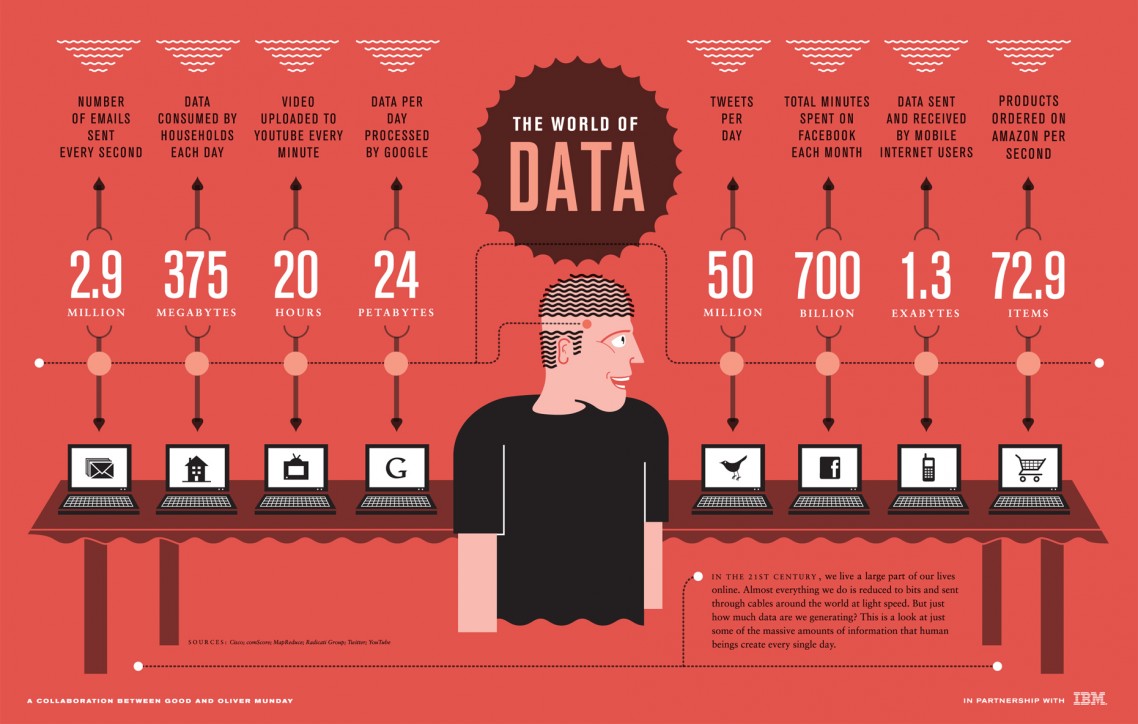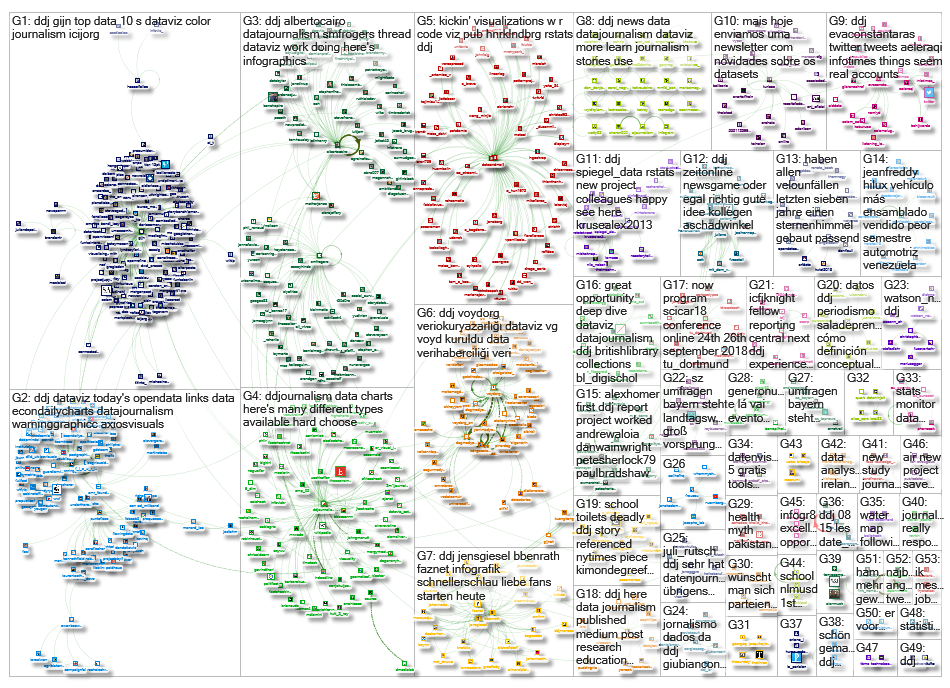InfoTimes: Pioneering Data Journalism and Information Design
In the contemporary digital age, the demand for accurate and easily digestible information has never been higher. InfoTimes, a platform dedicated to data journalism and information design, has risen to meet this need. Founded in 2012 and based in Cairo, Egypt, InfoTimes leverages the power of data science, design, and storytelling to provide the public with insightful, clear, and impactful information. This article explores the origins, mission, and impact of InfoTimes in the realm of data journalism.
The Genesis of InfoTimes
InfoTimes was established in response to a growing need for clarity and accuracy in information dissemination. In an era where misinformation can spread rapidly, the founders of InfoTimes recognized the importance of using data-driven journalism to counteract false narratives and provide the public with reliable information. Situated in Cairo, the platform is strategically positioned to address both regional and global issues, making it a vital resource for readers seeking well-researched and comprehensible data insights.

The Mission of InfoTimes
The core mission of InfoTimes is to bridge the gap between complex data and public understanding. This is achieved through several key objectives:
- Accuracy: Ensuring that all information disseminated is thoroughly researched and verified.
- Clarity: Presenting data in a way that is easy to understand, regardless of the audience’s prior knowledge.
- Engagement: Using storytelling techniques to make data more relatable and engaging.
- Accessibility: Making information available and accessible to a broad audience, including those with limited access to traditional news sources.
Data Journalism: The Heart of InfoTimes
Data journalism is at the heart of InfoTimes’ operations. This approach involves the use of data to tell compelling stories and provide deeper insights into various issues. Data journalism at InfoTimes encompasses several critical components:
Data Collection and Analysis
The process begins with the collection of relevant data from reliable sources. InfoTimes employs data scientists and researchers who meticulously gather and analyze data to ensure its accuracy and relevance. This step is crucial as it forms the foundation of all subsequent reporting and design efforts.
Data Visualization
Once the data is collected and analyzed, it is transformed into visual formats that are easy to understand. InfoTimes excels in data visualization, using graphs, charts, infographics, and interactive maps to present information in a visually appealing and comprehensible manner. This not only aids in understanding but also helps to highlight key trends and insights that might be missed in textual data alone.
Storytelling
The final component is storytelling. InfoTimes believes that data alone is not enough; it must be woven into a narrative that engages the audience. By combining data with compelling stories, InfoTimes makes complex issues more relatable and easier to grasp. This approach helps in drawing the audience’s attention and fostering a deeper understanding of the topics covered.
InfoTimes’ Areas of Focus
InfoTimes covers a broad spectrum of topics, each approached with the same dedication to accuracy, clarity, and engagement. Some of the key areas include:
Politics and Governance
InfoTimes provides in-depth analysis of political events and governance issues. This includes election results, policy impacts, and governmental reforms. By presenting data in a clear and unbiased manner, InfoTimes helps readers understand the intricacies of political dynamics and their implications.
Economy and Business
Economic data can often be complex and difficult to interpret. InfoTimes breaks down economic trends, financial reports, and market analyses into easily digestible formats. This allows readers to stay informed about the economic factors that affect their lives and the global economy.
Health and Science
With the advent of the COVID-19 pandemic, accurate health information has become more critical than ever. InfoTimes has dedicated significant resources to providing clear and accurate health data, including infection rates, vaccination statistics, and scientific research findings. This empowers the public to make informed decisions about their health and well-being.
Social Issues
Social issues such as education, gender equality, and human rights are also a major focus for InfoTimes. By presenting data on these topics, InfoTimes sheds light on critical societal challenges and promotes awareness and understanding.

The Impact of InfoTimes
Since its inception, InfoTimes has had a profound impact on both the field of journalism and public discourse. Some of the key impacts include:
Enhancing Public Understanding
By presenting complex data in an accessible format, InfoTimes has enhanced public understanding of critical issues. This has enabled individuals to make more informed decisions and engage in meaningful discussions about various topics.
Promoting Transparency
InfoTimes’ commitment to accuracy and clarity has promoted transparency in information dissemination. This is particularly important in a world where misinformation can easily spread. By providing reliable data, InfoTimes helps to build trust between the media and the public.
Fostering Civic Engagement
Through its storytelling approach, InfoTimes has fostered greater civic engagement. By making data relatable and engaging, the platform encourages individuals to become more involved in their communities and in public affairs.
Challenges and Future Directions
Despite its successes, InfoTimes faces several challenges. These include the constant need to stay updated with rapidly changing data, combating misinformation, and ensuring accessibility to a diverse audience. However, the team at InfoTimes is committed to overcoming these challenges through continuous innovation and dedication to their mission.
Looking forward, InfoTimes aims to expand its reach and impact. This includes developing new tools and technologies for data visualization, expanding coverage to include more global issues, and continuing to promote data literacy among the public.
